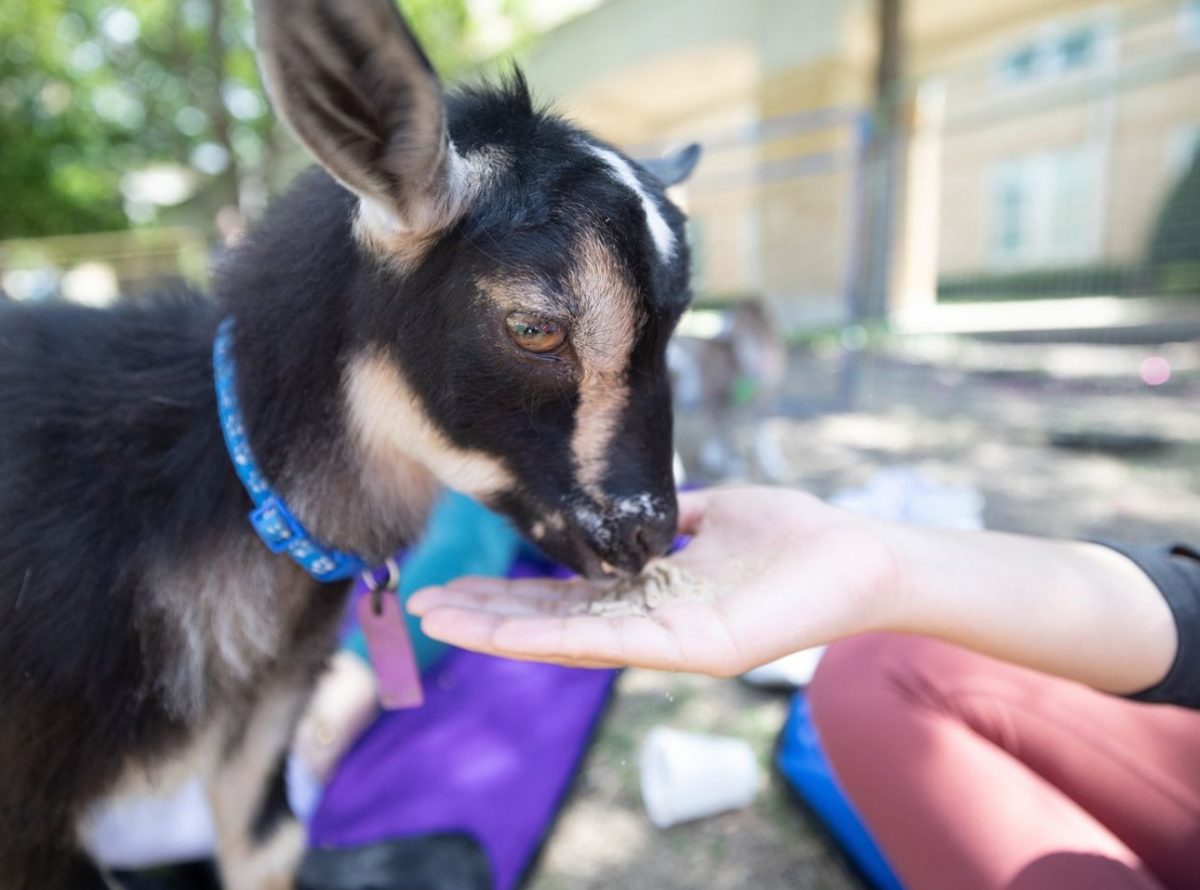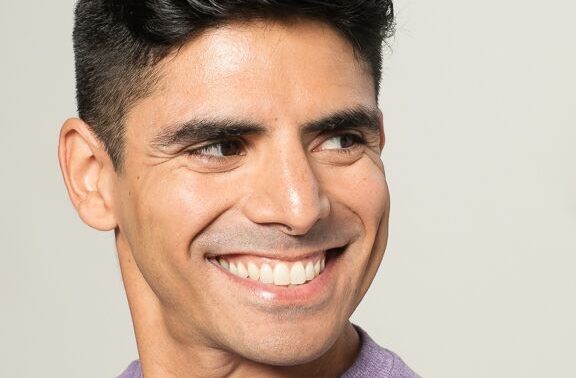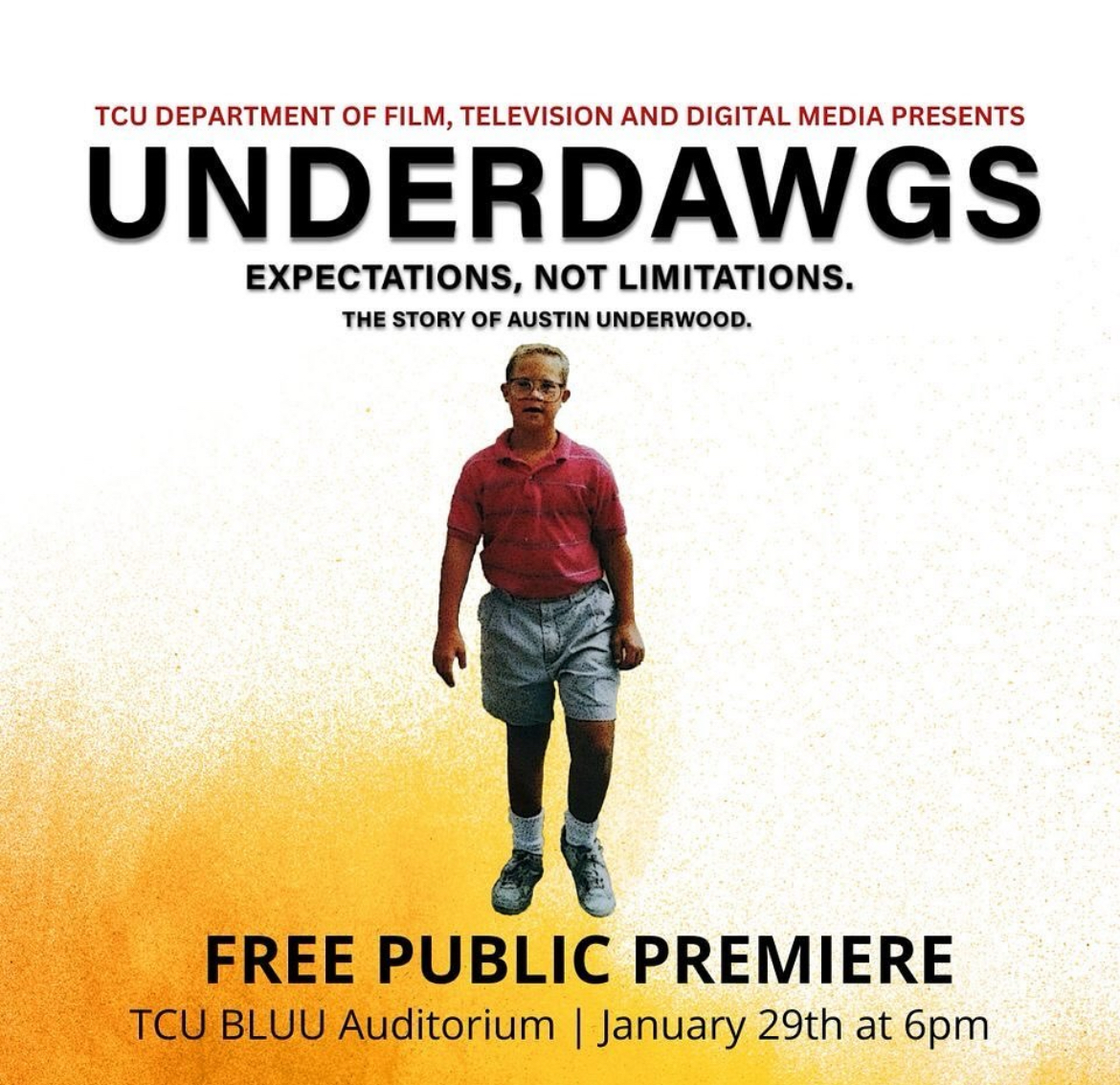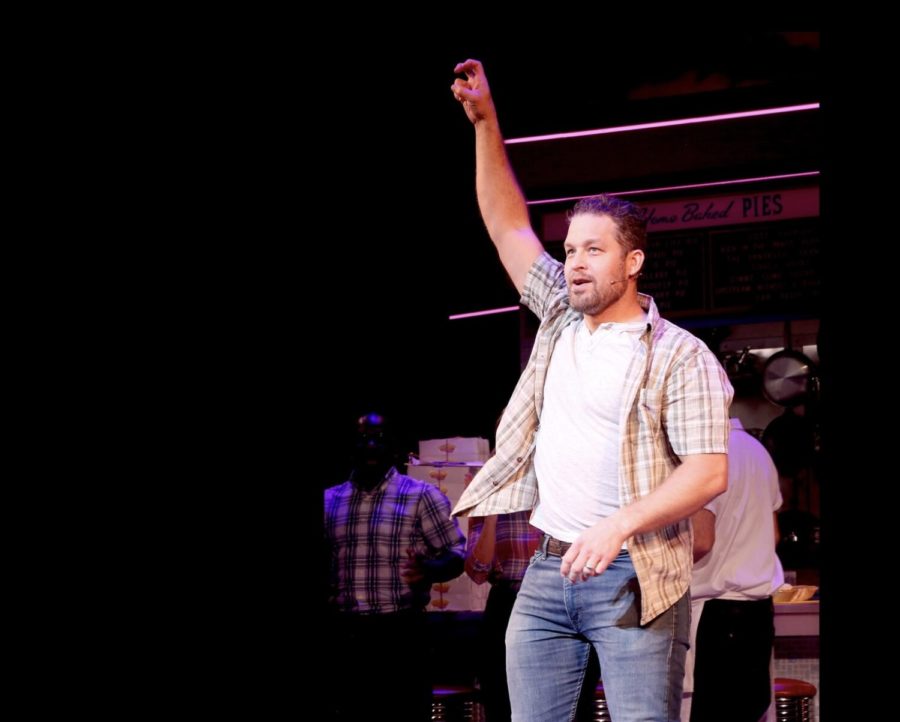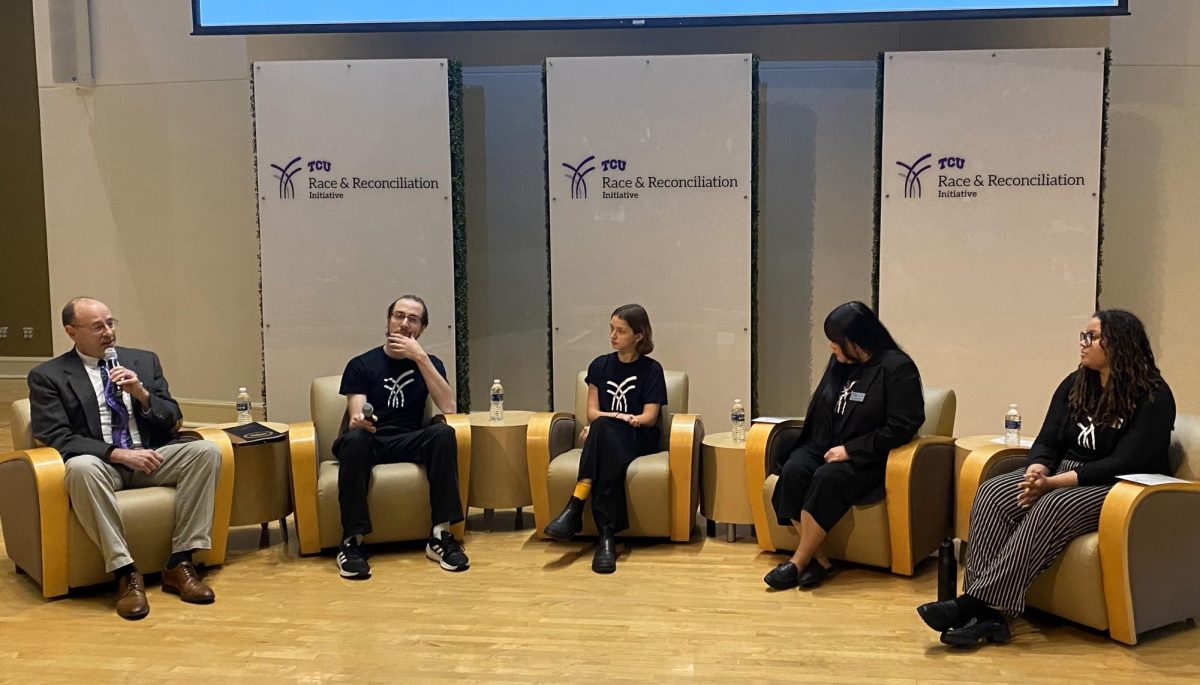For one TCU alumnus, dance was always on his radar, but he didn’t know if pursuing it would lead to the best return on investment.
Domingo Estrada, who graduated from TCU’s School for Classical & Contemporary Dance (SCCDance) in 2007, always dreamt of studying mechanical engineering at the University of Texas at Austin, but a passion for dance took him down a different path.
Originally from Victoria, Texas, he performed in hip-hop groups and dance and drill teams in high school but worried that if something happened to his body, he wouldn’t have anything to fall back on.
This fear mostly came from his dad, who understood that his son loved to dance but feared that his passion wouldn’t be able to make him a living.
That idea lit a fire in Estrada, inspiring him to be the best he could be. He has always been one to set high expectations for himself in everything that he does.

“I really made it very important for me as a requirement to make sure that I excel and get to where I need to be so that if I had a backup plan, it would hopefully be after a career in dance,” he said.
Despite their fears, Estrada’s parents were supportive and looked forward to watching him grow.
Even though he danced in high school, he lacked technique and wanted to learn as much as he could about the art form, so he decided to take beginners ballet classes as a 16-year-old.
“I started at the local studio, Victoria Ballet Theater taking some baby ballet with the little girls,” Estrada said. “Starting from scratch, I didn’t really know what I was going to do with that.”
Although he didn’t know what he could do with a dance degree, two things led Estrada to TCU’s dance program – his high school guidance counselor and a fine arts scholarship.
But fears of the future didn’t stop Estrada – he loves a challenge and trying something completely new.
“I had no information,” he said. “My only idea of going into dance was being a backup dancer for like Janet Jackson, which would be very cool.”
Since 2009, he’s been dancing in Brooklyn for the internationally recognized Mark Morris Dance Group and inspiring current dancers at TCU to live their own legacy.
‘They saw potential in me’
Estrada attributes a lot of his professional successes to his instructors and peers in the SCCDance.
From the beginning, he said his professors saw something special in him – his desire to go forward and the discipline to make the most of his time.
“They always find the best faculty who are very focused in their craft, and I always appreciate that.”
Domingo Estrada
“What I think of when I think of Domingo is a real passion and desire for what he was here to do – one of those performers when they come on the stage seem as if they are lit from the inside,” said Elizabeth Gillaspy, a professor and director for the SCCDance.

The faculty and staff were available whenever he needed instruction or direction.
“They really gave their quality time to me, personally, which I really appreciate,” Estrada said. “Any questions that I had, any time that I wanted to go into the office, any extra one-on-one studio time that I needed, they were readily available and they were very encouraging about branching out … because I wanted to do both modern and ballet, and [they made] sure that I got the training that I need.”
In addition to his instructors, Estrada said his classmates played a role in his success by focusing on bettering themselves and encouraging their peers.
“We wanted to all excel and come out on top and get into a dance company,” Estrada said. “I know that [our professors] saw us as a collective, and they pushed us.”
Estrada continued to focus on technique in college. He said the class that laid the foundation for his dancing career was an elective dance class for non-majors.
“I think that’s where it all began,” he said. “Those professors were incredibly amazing.”
He even continues to learn things when he comes back to campus to take classes in his free time. Laura Barbee’s bodywork technique class impacted his dancing by allowing him to find movement that he never thought was possible.
“I’m so very grateful that they have that class because the more information the better,” he said. “The more bodywork technique and awareness anatomically is always key.”
His teachers also inspired him to attend dance festivals around the country to make sure he got enough additional training to be well-versed in both modern dance and ballet – his two passions.
One of the festivals he attended was the American Dance Festival in Durham, North Carolina. The Mark Morris Dance Group was the last of the groups he saw and an admiration for the group immediately formed.
“I knew exactly that that was the company that I wanted to be dancing for,” Estrada said. “The dancers that were on-stage, the choreography, all the dancing that I was watching, it just connected with me in that moment and I knew.”
With the coursework that’s offered at TCU, Estrada was well-prepared to join a professional dance group. The SCCDance offers performance opportunities, faculty mentorship, creative opportunities and the opportunity to investigate and be pushed to a professional standard, in addition to the breadth and depth of the coursework, Gillaspy said.
Empire state of mind
After he first saw the company, Estrada learned they were having an audition for “The Hard Nut,” so he decided to attend.
The casting call took nearly two days where the company would teach choreography and repertoire for the show, but it all feels like a blur to him.
“It’s kind of like a flash,” Estrada said. “I kind of vaguely remember. At the time, during that first year, I could probably tell you all about it, but it just happened so fast.”
He was called back after the first and second cuts – meaning he officially made the “The Hard Nut” cast.
Estrada began working with the dance group as a supplementary dancer in October 2007 and was promoted to a full-time member by 2009.
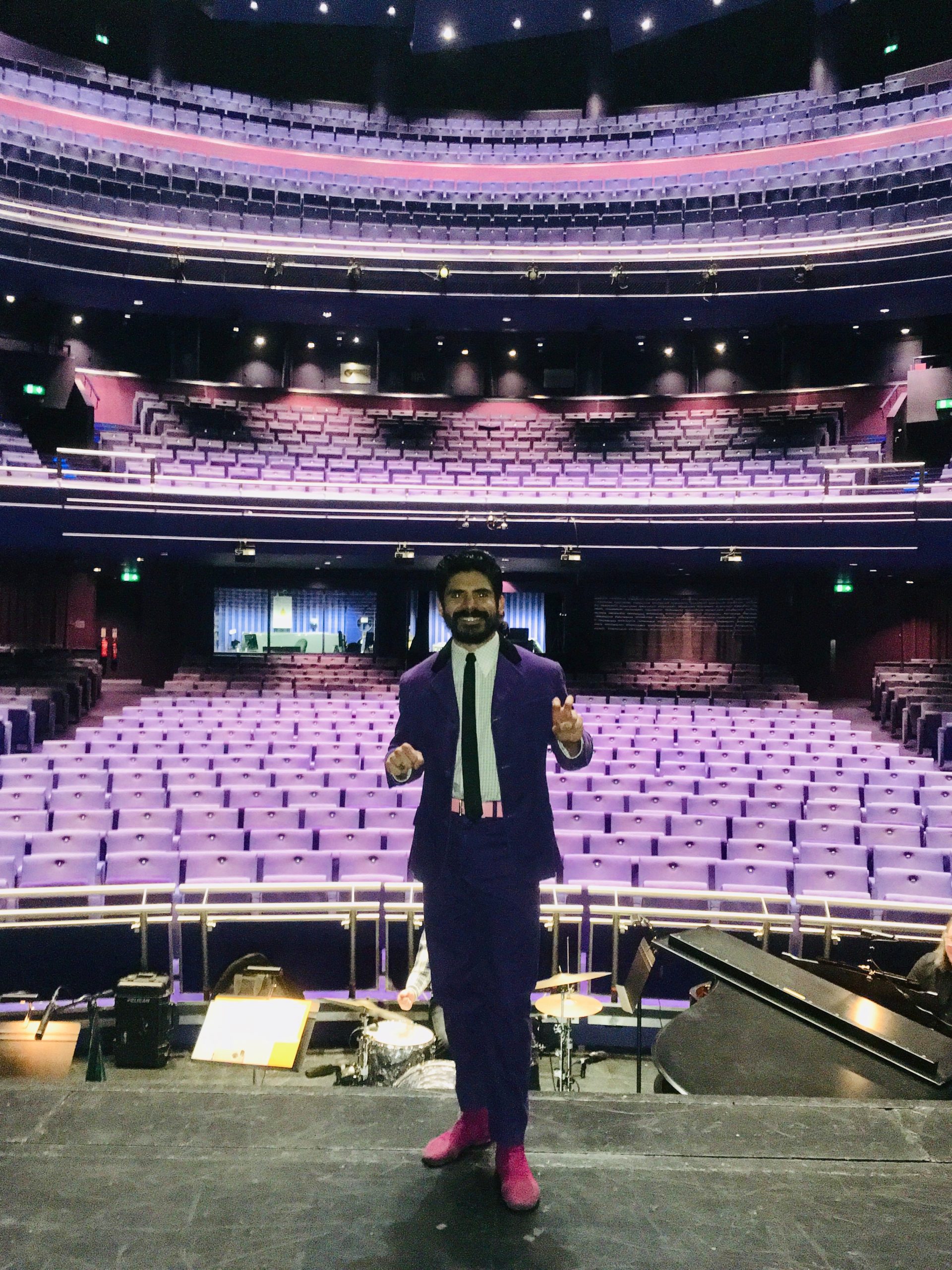
“I kind of based my career on that audition, whether I was staying in New York or not and how I would see the rest of my future,” he said.
Shows put on by the company all depend on what the presenter wants, Estrada said.
“We’ve been to the same venues, they want what’s current, obviously, and they want something they haven’t done in a while,” Estrada said. “Mark (Morris) has over 150 dances, so there’s all kinds of different combinations how the repertoire can be programmed.”
Estrada is currently touring nationally and internationally performing “Pepperland,” which is based on the Sgt. Pepper’s Lonely Hearts Club Band album by The Beatles. Mark Morris was asked to choreograph a couple songs, but he wanted to make it into an evening-length work and he commissioned a jazz musician to compose the music based on some of the tracks.
“He’s had such an extraordinary opportunity to see the world as part of his touring schedule, and that’s just been really exciting to watch,” Gillaspy said.
The company is a full-time, year-round company instead of having one season with a huge layoff in between, allowing the dancers to stay close and not worry about having to find other work.
With the company, he has also had the opportunity to do community outreach and attend other festivals and programs when he isn’t dancing.
When he’s not touring, he makes sure to return to Fort Worth to either take classes with some of the professors he’s familiar with or interact with current students.
“I think it’s really important for our current students to have a chance to interact with someone who is truly on top of the dance field,” Gillaspy said. “The company that he is performing with is internationally-recognized, it’s one of the top companies in the world. For our current students to have a chance to get to know Domingo when he comes back through is a really great opportunity for them.”
Terrance Carson, a senior modern dance major, said Estrada gives students advice on how to succeed in the current dance field when he visits.
“I think he’s a role model for dancers who want to pursue a professional career,” Carson said.
‘Dance is for anybody’
It’s a quote that Morris always made sure to tell everybody.
It’s even printed on merchandise, including bags and shirts: “Dance is for anybody.”
Morris uses this quote frequently to drill home the idea that if you’re really interested and invested in the art form, you should pursue it, even if it might lead to backlash or hate from peers.
Estrada said he received hate from some people, but overall, his choice to pursue dance was well-received with his family and peers, including his football teammates who were jealous that he got to dance with girls.
“For the most part, people were very curious, and they wanted to know what it meant just like myself,” Estrada said. “I didn’t know what it all entailed, and people were always asking.”
Additionally, dancing really helped Estrada excel on the football field in both his flexibility and agility.
“I think dance is such an important thing for people to be exposed to,” said Liam Evans, a junior ballet major at TCU. “It’s played an important role in connecting with others, connecting with yourself and to your body, it teaches you kind of like discipline and I think dance is great and everybody should be able to do with it.”
However, not as many people were as lucky as Estrada; Adam McKinney, assistant professor of dance at TCU, and Evans both said being a male pursuing dance, which is typically associated with females, made them a target for sexist comments.
“The bullying I received was not unlike other men that have been targeted for being dancers, and that bullying mainly was taunting and being made fun of,” McKinney said. “I think that it hinders people and particularly boys from participating in a beautiful, athletic, difficult artform.”
Evans said he felt judgment from his peers when he started dancing in middle school.
“Especially from male classmates, they ask if you dance and wear tutus,” Evans said.
Faculty and staff at TCU know that this is a problem most males will face, so they make sure that their students assume a leadership and advocacy role in dance.
“So much of those misperceptions of dance as both a field and as a career are really lack of education and information about dance,” Gillaspy said. “Our students are really great advocates for their field, and they’re always looking for ways to let the TCU community know what we’re doing here, and we think that’s a really big part of it.”
For example, Carson said he always advertises when he will be performing, and he’s typically met with warm regards and respect for what he does.
Evans said the department allows for observations where people can watch dance classes to gain a true respect for the major by watching how hard they work.
“Overall, people have a lot of respect for what I do, especially when I tell them how many hours a day that I dance,” Carson said.
There are two male faculty members in the dance department at TCU and seven male dance majors, McKinney said, but added that sexism is what keeps men away from pursuing dance.
However, for Carson, how much you pursue your passion is all about who you surround yourself with.
“I think I would probably start doubting myself, but it’s different for everyone,” Carson said. “It really depends on the type of circle you have and the type of support you’re around, but as long as [children] know that whatever they do is fine as long as they’re working hard, then they should just keep doing it.”
Overall, Estrada said it’s only natural for people to dance, so everyone should get that opportunity and lift up those who pursue it.
“Everyone dances at some capacity,” Estrada said. “Our cultures have an immense impact on how we approach our everyday movements. We seem to find a deep happiness when we can let loose and dance.”


